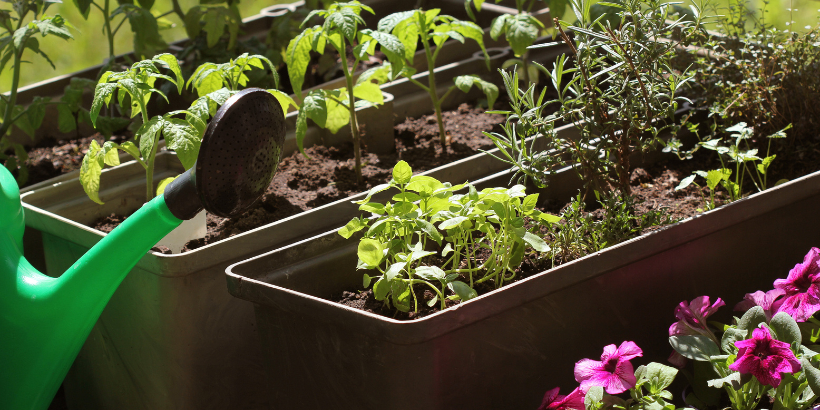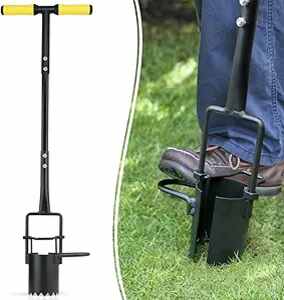The Comprehensive Guide to Horticulture: Discover the Advantages of Different Styles and Approaches
Horticulture incorporates a diverse array of designs and approaches, each offering distinct advantages customized to private choices and ecological contexts. As we discover these different designs, it comes to be noticeable that the selections made can significantly influence both the garden's health and wellness and its contribution to the surrounding environment.
Recognizing Gardening Essentials
Comprehending the essentials of gardening is necessary for growing a flourishing and lasting yard. An effective gardening venture begins with a solid structure of expertise regarding soil, plant choice, and environment factors to consider.
Selecting the right plants is equally crucial. Recognizing their particular requirements-- such as sunshine, water, and spacing-- ensures compatibility with the local environment and dirt problems. This option process should likewise consider the growth practices and lifecycle of plants, enabling for a balanced and visually pleasing garden.
Furthermore, efficient watering practices are essential. Over-watering and under-watering can both cause plant anxiety and illness. Implementing a timetable based upon seasonal changes and plant requirements can enhance water performance.
Popular Horticulture Styles
What specifies the essence of popular horticulture designs? These styles encapsulate varied aesthetic principles, functional demands, and ecological considerations, inevitably reflecting the gardener's personal vision. Among one of the most prominent designs is the cottage yard, characterized by its informal format and a vivid variety of flowers and vegetables. This strategy highlights a harmonious mix of shade and structure, producing an inviting atmosphere.
Conversely, the formal yard symbolizes symmetry and order, typically featuring geometric patterns and carefully cut bushes. This style communicates elegance and sophistication, with carefully chosen plants that reinforce an organized aesthetic.
The Japanese yard provides a serene and reflective experience, utilizing all-natural components like water, stones, and plants to produce a tranquil atmosphere. It focuses on simplicity and equilibrium, urging consideration.
In addition, xeriscaping has gotten appeal, particularly in deserts (Gardening). It prioritizes drought-resistant plants and effective water usage, advertising sustainability while enhancing landscape appeal
Advantages of Container Gardening
Container gardening supplies a wide range of advantages that make it an attractive choice for both beginner and knowledgeable garden enthusiasts alike. One of the main benefits is adaptability; containers can be positioned in different areas, permitting gardeners to optimize sunlight exposure and produce aesthetically enticing setups. This adaptability makes it possible to garden precede where standard in-ground horticulture might not be practical, such as porches, patios, or urban environments.
Additionally, container gardening provides better control my link over soil conditions. Gardeners can customize the soil mix to match specific plants, ensuring optimal drainage and nutrient availability. This is particularly beneficial for individuals living in locations with inadequate or infected dirt.
One more significant advantage is the reduced threat of insects and diseases. Container plants can be kept an eye on much more conveniently, and any type of issues can be resolved without delay. This method can decrease the spread of invasive types.
Lasting Gardening Practices
Lasting gardening methods are essential for promoting ecological health and wellness and boosting biodiversity in our environments. These practices prioritize eco-friendly balance, resource preservation, and the use of natural approaches to reduce unfavorable environmental impacts. By using methods such as composting, gardeners can decrease waste while improving dirt health, consequently cultivating a flourishing yard ecosystem.
Water conservation is one more essential aspect of sustainable gardening. Strategies such as rain harvesting, drip watering, and using drought-resistant plants can considerably minimize water use while making certain that plants receive appropriate wetness. In addition, integrating native plant types right into yard styles sustains neighborhood wildlife and decreases the need for chemical plant this post foods and chemicals, which can be harmful to the environment.

Eventually, lasting gardening techniques not only contribute to much healthier gardens but also promote an even more durable setting, offering long-lasting benefits to both the garden enthusiast and the bordering area.
Tips for Effective Horticulture
To grow a flourishing garden, gardeners must focus on mindful preparation and thoughtful implementation of their horticulture strategies. Begin by evaluating the regional environment and dirt problems, as these factors dramatically influence plant option and growth. Select plants that are fit to your setting, considering native varieties that will certainly love marginal treatment.
Carrying out a well-structured layout is critical (Gardening). Use friend planting methods to promote biodiversity and all-natural insect control, while ensuring each plant has adequate room for development. This not only enhances appearances yet additionally enhances general plant health and wellness
Regular upkeep is vital to an effective yard. Develop a regular timetable for watering, weeding, and feeding. Mulching can help retain moisture and suppress weeds, while also including organic matter to the soil.
Do not ignore the importance of observation. Routinely keeping track of plant health and growth will certainly enable timely treatments. Lastly, be open to learning and adjusting; gardening is a continual process that takes advantage of great site experience and testing. By focusing on cautious planning, execution, and recurring maintenance, garden enthusiasts can attain a vivid and effective garden that thrives throughout the periods.
Conclusion


In recap, the expedition of diverse gardening designs and techniques reveals their diverse advantages, contributing to both aesthetic allure and ecological health and wellness. Container horticulture offers versatility and accessibility, while sustainable methods boost environmental stewardship.